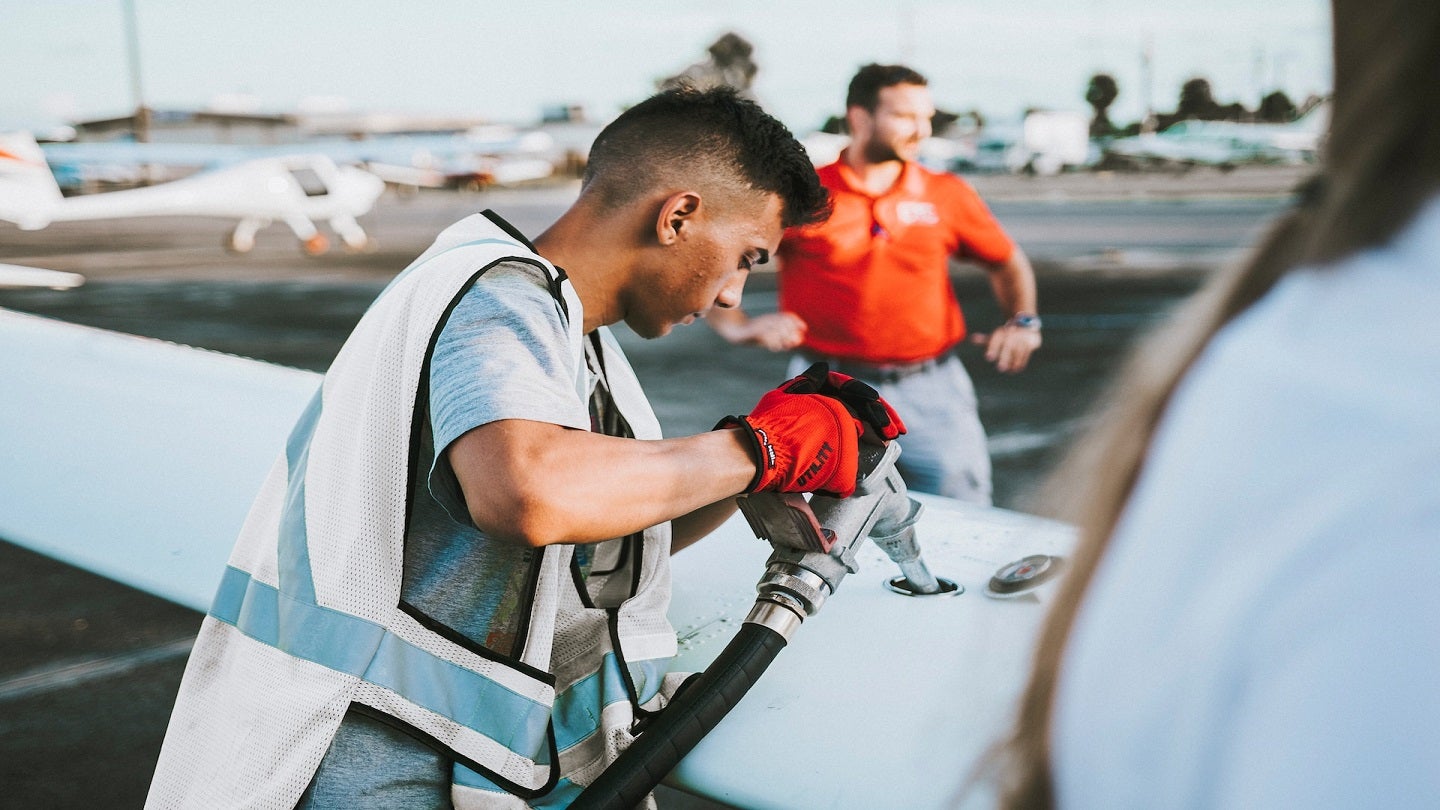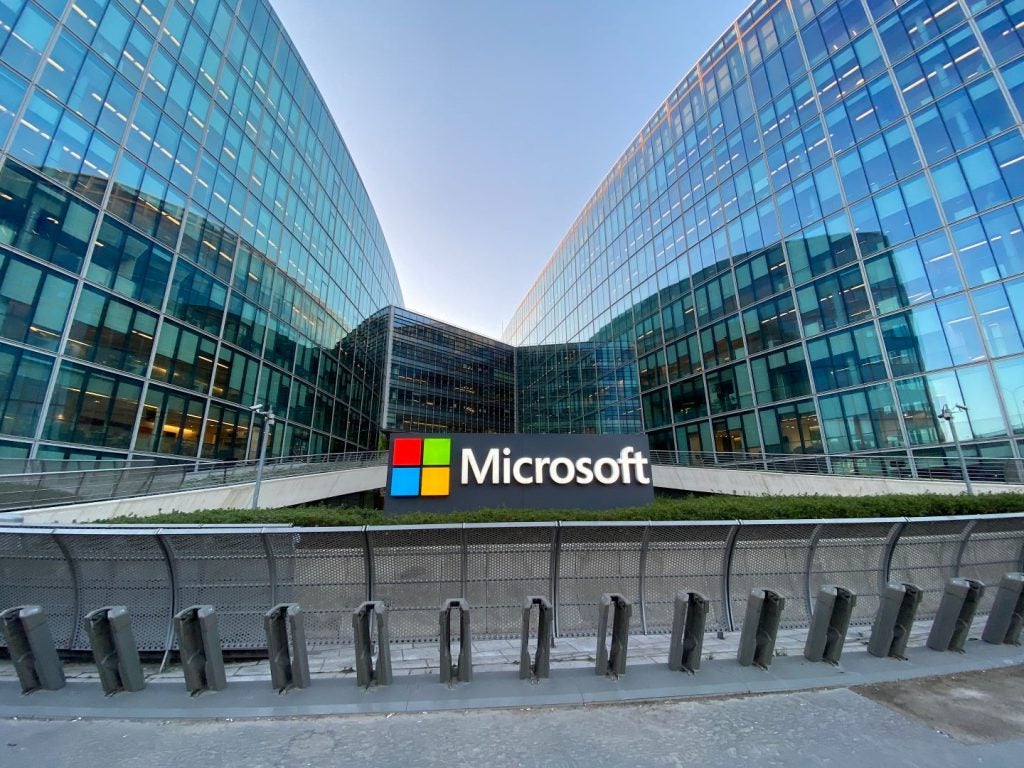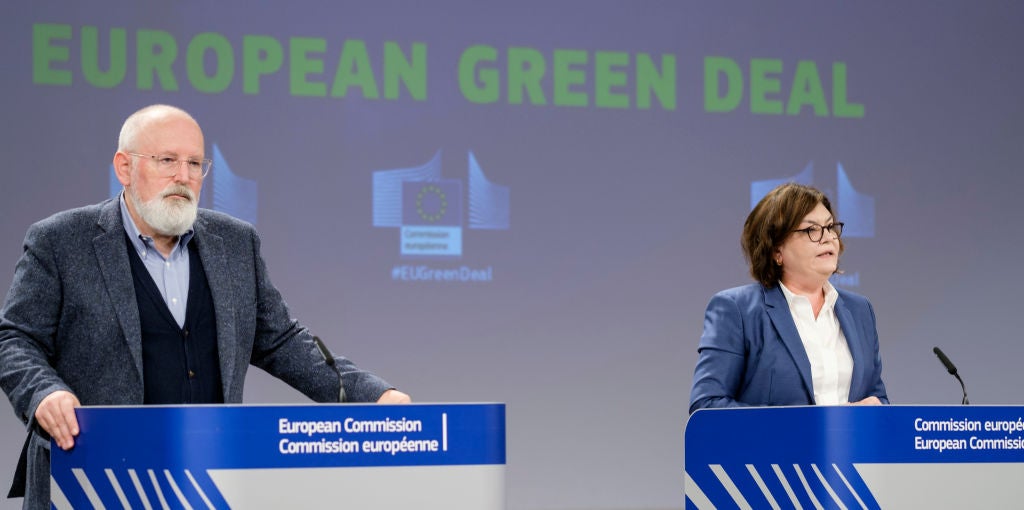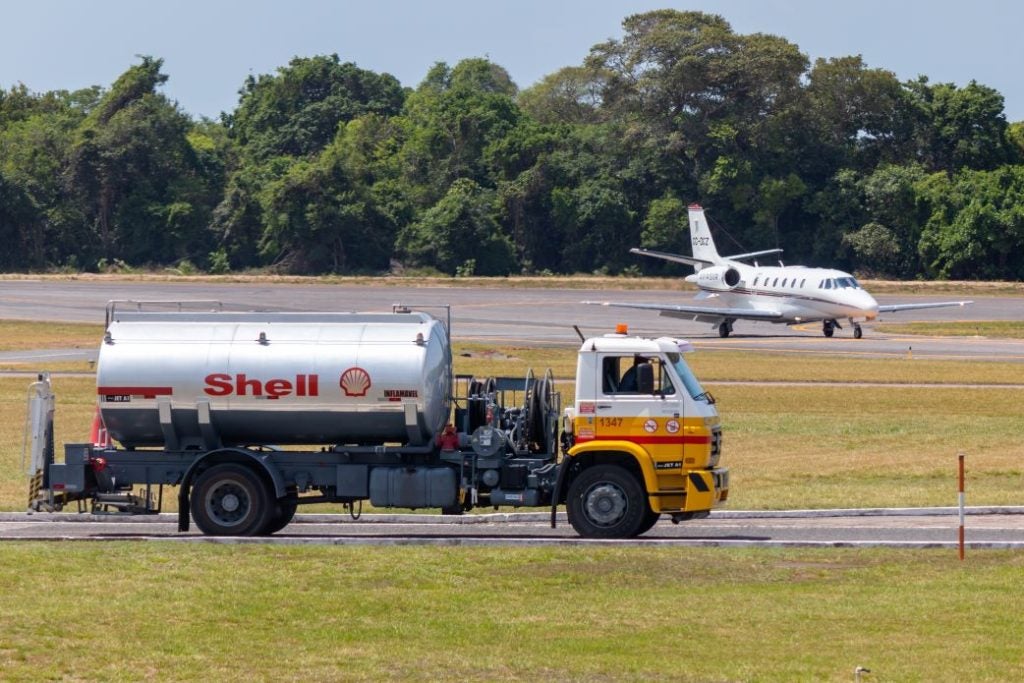
US-based Nacero has unveiled plans to produce sustainable aviation fuel (SAF) and lower carbon aviation fuel (LCAF) from its pre-construction, multi-billion dollar facility in Texas.
This facility was initially designed to produce low-carbon gasoline.
The transition means Nacero’s facility will use TOPSOE’s MTJet technology to produce sulfur-free SAF and LCAF from renewable natural gas (RNG) sourced from dairy farms and landfills, as well as from mitigated flared gas obtained in the Permian Basin.
Nacero CEO and chairman Bruce Selkirk said: “By transitioning our facilities to SAF and LCAF, we believe we can make a significant contribution to meeting these goals while at the same time offering a product to the aviation industry that is cost-competitive to traditional jet fuel.”
For this transition, Nacero and TOPSOE will modify the proposed TIGAS gasoline project to enable the utilisation of the very similar MTJet process.
TOPSOE will offer engineering and design services to update their process design package (PDP) as well as catalyst and proprietary hardware for the facility.
There will be no changes in the already completed engineering and construction planning work.
The facility is claimed to be the largest commercial-scale facility in the US to use the MTJet solution to produce SAF and LCAF.
Topsoe, The Americas managing director Henrik Rasmussen said: “We have been working very closely with Nacero’s experienced project team to implement Topsoe NG to gasoline process (TIGAS) and we are very excited about the opportunity to continue this successful collaboration while building a scalable solution to meet the world’s growing demand for SAF and LCAF.”






